The Continued Convergence of Music & Tech: Laptop Orchestras
Remember lugging that giant trumpet case to and from school just so you could be a part of the school band? Half the time you forgot to bring it and the times you remembered, your arm was sore by the time you entered the school’s doors. Or maybe you just regret never having had the musical instrument experience at all. Well here is your opportunity to combine some of the skill sets you already possess to be part of an orchestra. But instead of the use of a traditional instrument, a laptop is all that is needed to become a part of a unique ensemble.
Schools are actually forming bands where student-manned laptop computers are the primary instruments. The most visible schools to be adapting to this modern orchestra are Stanford and Princeton. Students can take a seminar where the expectation is to make music with their laptop. Students are instructed to design their own software instrument, a “meta instrument,” using code.
To learn more about the technical process involved, watch the video below from the Stanford Laptop Orchestra:
My question is this: If laptop orchestras are the future of music classes, what effect will it have on traditional instrument learning and playing? Studies show that playing an instrument positively improves cognitive functions, enhances hand-eye coordination, sharpens concentration, and relieves stress. Of course, there are huge opportunities there for underserved populations who may not have the financial resources to outfit all of their schools with instruments – but could, perhaps, afford or acquire one or two laptops to be shared…
In the end, however, it comes down to this: Can making synthesized sounds from computers really compensate for traditional instruments? That is the question we have to ask.
Outside of bringing music and instruments into places that might not otherwise be able to participate, maybe the real question is: Should it?
Until next time,
Kelli Richards, CEO of The All Access Group, LLC








